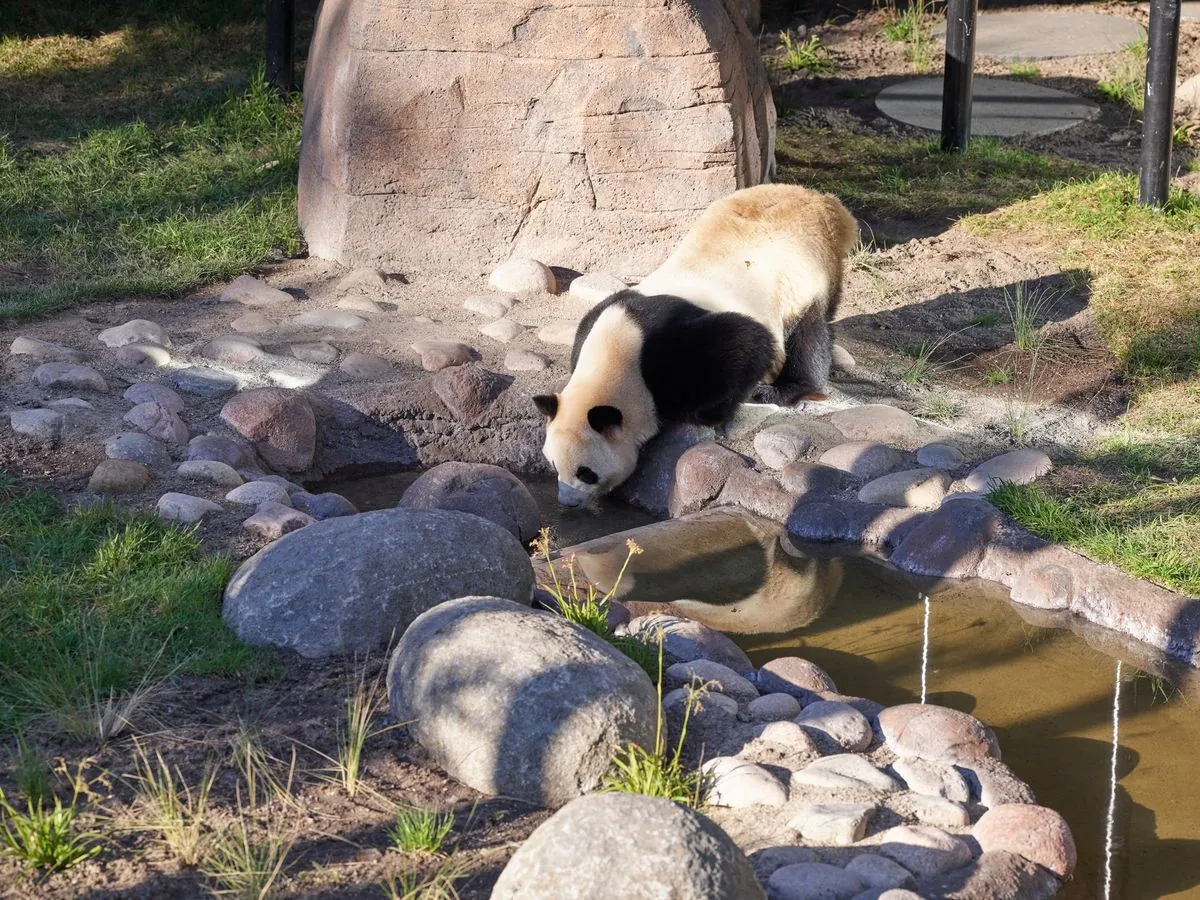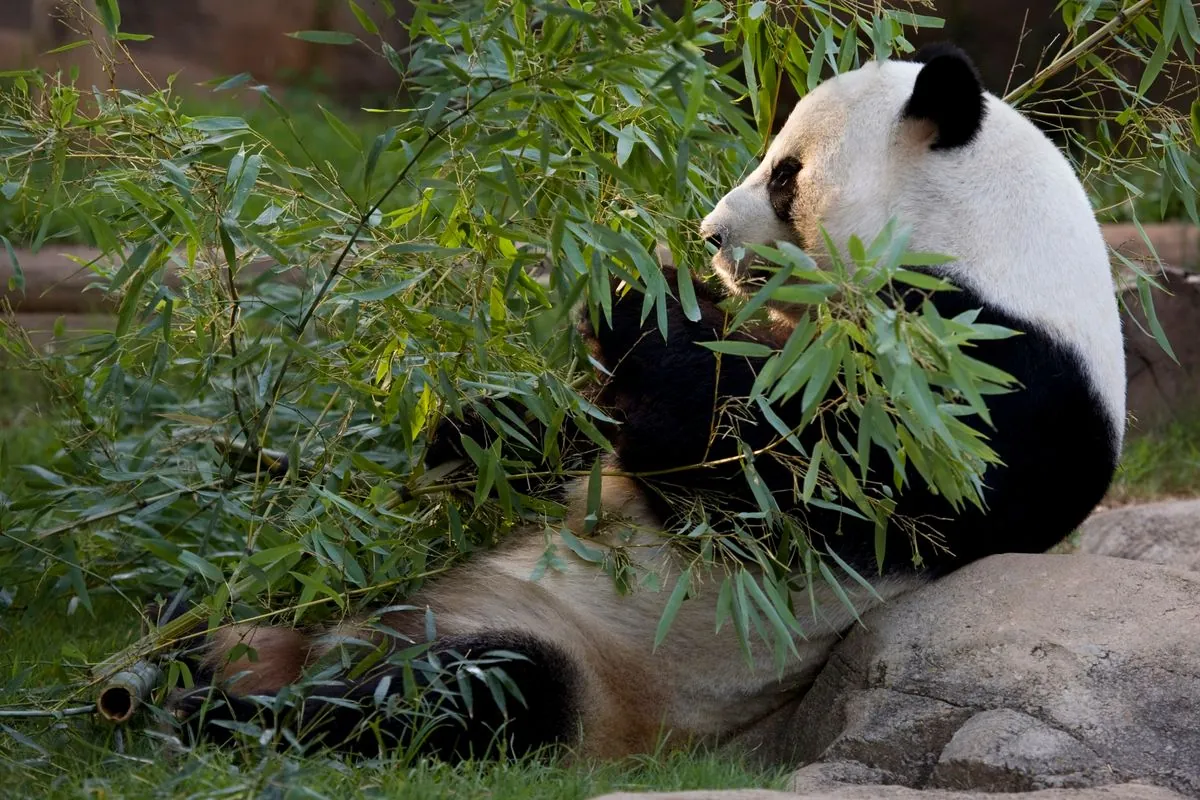Finnish Zoo Returns Giant Pandas to China Early Due to Financial Strain
Ähtäri Zoo in Finland is returning two giant pandas to China 8 years ahead of schedule due to financial difficulties. The decision comes after declining visitor numbers and increased maintenance costs.

The Ähtäri Zoo in central Finland has made the difficult decision to return two giant pandas, Lumi and Pyry, to China earlier than planned due to financial constraints. This move comes approximately 6 years and 8 months after their arrival in January 2018, cutting short what was intended to be a 15-year loan agreement set to end in 2033.
The pandas, whose names mean "snow" and "snowfall" in Finnish, were originally gifted by China to commemorate Finland's centenary of independence in 2017. The loan agreement was finalized during Chinese President Xi Jinping's visit to Finland in April 2017, highlighting the diplomatic significance of these animals.
Giant pandas have long been symbols of international goodwill, with China using "Panda Diplomacy" since the 1950s. The first such diplomatic gift was Ping Ping, presented to the Soviet Union in 1957. Finland, which established diplomatic relations with China on October 28, 1950, became the first Nordic nation to receive pandas as part of this tradition.
The Ähtäri Zoo, founded in 1973 and specializing in northern European wildlife, invested heavily in preparing for the pandas' arrival. A special Panda House annex was constructed at a cost of approximately 8 million euros ($9 million), with hopes of attracting more visitors to the remote nature reserve.
However, the zoo has faced numerous challenges in recent years. The COVID-19 pandemic, which began impacting visitor numbers in 2020, and the ongoing conflict between Russia and Ukraine have significantly reduced tourism. Additionally, rising inflation and interest rates have increased operational costs.
The annual upkeep for Lumi and Pyry amounted to about 1.5 million euros, including a preservation fee paid to China. This substantial expense included flying in bamboo from the Netherlands to meet the pandas' dietary needs. Adult giant pandas can consume 10-16 hours a day feeding, primarily on bamboo, which constitutes 99% of their diet in the wild.

Despite efforts by the Chinese Embassy in Helsinki to alleviate the zoo's financial burden, including encouraging donations from Chinese companies operating in Finland and supporting debt arrangements, the economic strain proved too great for the smallish Finnish facility.
The decision to return the pandas reflects the complex challenges of maintaining these iconic animals in captivity. Giant pandas, native to the bamboo forests of central China, require specialized care and resources. In the wild, there are estimated to be around 1,864 giant pandas as of 2024, a number that has slowly increased due to conservation efforts.
The pandas' return process will begin in late October 2024, with Lumi and Pyry entering a month-long quarantine before their journey back to China. This early departure marks the end of a significant chapter in Finland-China relations and highlights the ongoing challenges of international wildlife conservation efforts.
As the Ähtäri Zoo prepares to bid farewell to its panda residents, it's worth noting the broader context of giant panda conservation. These animals, once classified as endangered, were downgraded to "vulnerable" on the IUCN Red List in 2016, reflecting progress in protection efforts. However, their specialized diet and habitat requirements continue to make them a conservation priority.
The return of Lumi and Pyry to China serves as a reminder of the delicate balance between diplomatic gestures, conservation efforts, and the practical realities of maintaining exotic species in captivity. As Finland reflects on this experience, it may prompt broader discussions about sustainable approaches to international wildlife exchanges and the role of zoos in conservation efforts.


































